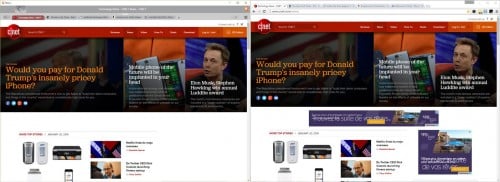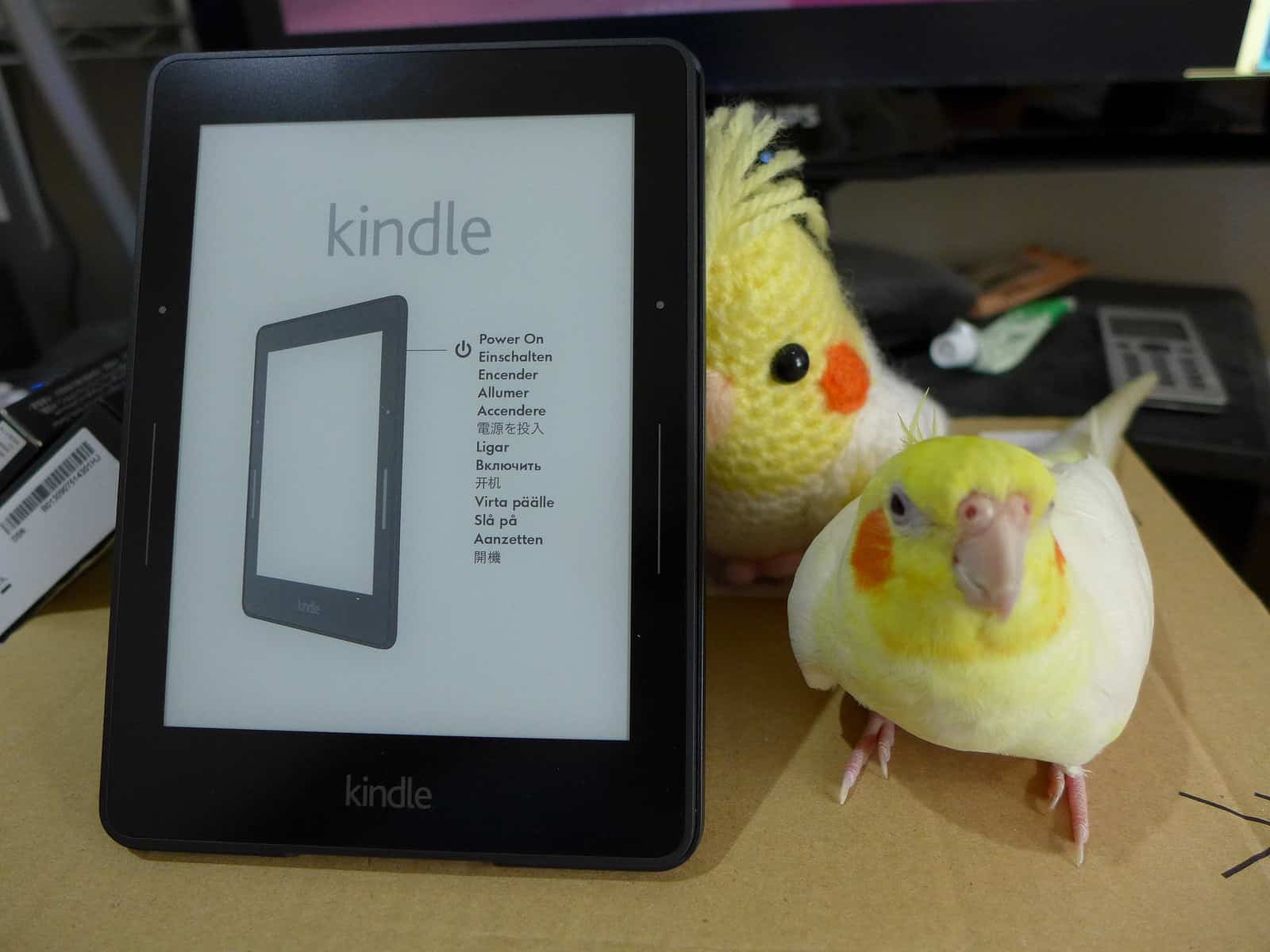Brave is a Web Browser Which Tries to Solve a Problem Google Won’t Touch

There are now fifty–eleven web browsers that come with ad-blocking features built in, and they all operate the same way (turn them on, and they block ads, tracking scripts, and other resource hogs).
Brave, on the other hand, is designed to work a little differently. This browser is the work of Brendan Eich, the former CEO and co-founder of Mozilla, and it was developed with the goal of blocking "all the greed and ugliness on the Web that slows you down and invades your privacy".
Launching today for OSX, Android, Windows, and iOS, Brave is still in beta and I haven’t tested it, but according to the announcement it will block harmful adverts while also replacing those adverts with benign alternatives.
"We will target ads based on browser-side intent signals phrased in a standard vocabulary, and without a persistent user ID or highly re-identifiable cookie," Eich writes in the press release. "The browser sees everything you do, including actions to stop that annoying phenomenon of retargeting where an ad chases you around the Web, often for something you just bought or decided not to buy."
The browser is still strictly invite-only, and I have found only a single first-hand report which is less than specific on how Brave compares to other browsers. But Brave is claiming that their web browser loads pages two to four times faster than other smartphone web browsers, and 1.4 times faster than other browsers for Windows and OSX.
They also posted this demo video:
https://www.youtube.com/watch?v=NZSnwZSiIK4
Today’s announcement leaves a lot of questions unanswered, including how those substitute ads are going to work. The browser currently doesn’t display adverts, but Brave reportedly has a deal in the works for a major ad agency to supply the adverts.
According to Techcrunch, the idea is to split this ad revenue between Brave and participating web publishers (hopefully it’s an opt-in system, and not an opt-out). The publishers would get 55% or more, and eventually approaching a 70-30 split as the browser grows. Theoretically consumers could get a cut of this revenue as well, which could they funnel back to their favorite websites.
Yeah, I don’t see how that is going to work; this type of revenue sharing has been tried before (see Readability) and it just didn’t work. There wasn’t enough money in it, and Brave could have the same problem. The benign ads mention above are also the ads that pay the least.
 All those tracking scripts blocked by Brave would pay more, and so would the video adverts which thrash your computer’s resources and waste bandwidth.
All those tracking scripts blocked by Brave would pay more, and so would the video adverts which thrash your computer’s resources and waste bandwidth.
And I do mean thrash.
A couple weeks ago Artem Russakovskii of Android Police detailed his investigation into VPAID, one of the more obnoxious video ads. "VPAID is basically pure evil," he writes. "It’s a video ad, but its implementation that I’m seeing across all networks that use it (that includes Google and others) is atrocious. It’s shocking. It’s rude. It’s plain disrespectful."
Streaming video takes a lot of bandwidth, but this ad unit is worse because it continues to waste bandwidth even when a video isn’t playing. Artem reports that just in the brief time he spent writing his post on Google+, the test ad he set up sent 9,002 requests and downloaded 39MB of nothing.
And to be clear, this ad unit is used in many ad networks, including Google Adsense.
Google may claim to fight bad actors like ad-injecting browser extensions, and they like to boast that they removed 780 million misleading and scam ads last year, but the fact is they still let the VPAID ad unit operate even though it obviously harms the audience.
Google may be trying to fix the web through efforts like AMP (Accelerated Mobile Pages) but they could do so much more if they would simply get their own house in order. Rather than bullying everyone else into fixing their sites, Google could block the most offensive ads from their ad networks and improve the web overnight.
Of course, that would also hurt Google’s bottom line (and drive the VPAID ads elsewhere), so instead Google leaves it to outsiders like Apple, which added content blocking as a core feature in iOS9, and Brave.
In retrospect, Brave is exactly the app that Google should have developed instead of AMP. It increases security, reduces the weight of a webpage and cuts bandwidth and CPU costs, all while still generating revenue.
Unfortunately, Google is in the same position of many legacy industries; they are too afraid to disrupt their main source of revenue. They would rather go down with the ship than start bailing water, and they are taking the rest of us down with them.
images by Michael Rehfeldt, Cnet


Comments
Geoffrey Kidd January 21, 2016 um 4:56 pm
Google changed its motto a while back from "Don’t be evil." to "Do as we say, not as we do."
Chris Meadows, Editor of Teleread January 23, 2016 um 6:06 am
There’s a term for substituting one’s own ads for the ads that were originally on a page. It’s called "ad-injection," and advertisers historically don’t like it very much. They’re supposed to be happy about it now? Site operators should be grateful for getting 55% of Brave’s own ad-revenue in exchange for 100% from its ads they block? And what person who wants to block ads would want to switch an entirely new browser whose raison d’etre was to show them other ads instead?
Eich has to be pretty "Brave" indeed to think this is going to go over well.
You Shouldn't Read Too Much Into the Legal Threats Over Brave's Ad-Blocking Browser | The Digital Reader April 8, 2016 um 10:05 am
[…] put itself on a collision course with web publishers when it announced its ad-filtering web browser in January, so it should come as no surprise that a bevy of media […]